Exploring the Timeless Allure of Black and White Abstract Art: Ten Masterpieces for Your Collection
In the realm of abstract art, few genres command as much introspective power as Black And White Abstract Art. By stripping away the vibrancy of color, artists distill their expressions to the essentials: form, texture, line, and contrast. This reduction creates a profound dialogue between light and shadow, presence and absence, evoking emotions that range from serene contemplation to intense turmoil. The history of black and white abstraction traces back to early 20th-century pioneers like Kazimir Malevich, whose revolutionary works challenged representational norms by embracing pure geometry and the void. Malevich's Suprematism movement sought to liberate art from the material world, using monochrome palettes to explore spiritual and philosophical depths.
Fast forward to mid-century, and artists like Pierre Soulages elevated black to an art form in itself with his "Outrenoir" series, where textured black surfaces interact with light to reveal hidden dimensions. Currently, a retrospective at the Louvre Museum celebrates Soulages' centennial, underscoring the enduring relevance of this palette. Black and white abstract art stands in stark opposition to colorful abstractions, mirroring natural dichotomies such as day and night, or life and death. It invites viewers to engage with the work on a visceral level, where the absence of color amplifies the interplay of shapes and lines, fostering enigma and self-reflection.
The appeal of collecting black and white abstract pieces lies in their versatility and timelessness. These works seamlessly integrate into modern interiors, whether minimalist lofts or eclectic homes, providing a neutral yet impactful focal point. According to experts at the Museum of Modern Art (MoMA), such art encourages personal interpretation, making it ideal for both novice and seasoned collectors. Beyond aesthetics, investing in these pieces can yield financial rewards; auction houses like Christie's report steady appreciation in value for monochrome abstracts from established artists. Moreover, they promote mindfulness—studies from the American Psychological Association suggest that engaging with abstract art reduces stress by stimulating creative thinking.
This curated selection of ten black and white abstract masterpieces draws from iconic figures in art history, each exemplifying unique techniques and emotional resonances. From bold gestural strokes to subtle minimalist grids, these works demonstrate the genre's breadth. While not all are currently for sale, reproductions and similar pieces are accessible through galleries and online platforms, allowing collectors to build meaningful assemblages.
- Franz Kline - Untitled (1957) Franz Kline, a key figure in Abstract Expressionism, created this dynamic oil on canvas measuring approximately 78 x 100 inches. The piece features sweeping black brushstrokes colliding against a white ground, evoking the raw energy of urban landscapes—think steel beams and city chaos. Kline's technique involved large house-painting brushes, applied with forceful gestures that convey spontaneity and power. Born in 1910 in Pennsylvania, Kline transitioned from figurative work to abstraction in the late 1940s, influenced by his New York peers like Willem de Kooning. This untitled work captures the essence of action painting, where the act of creation becomes the subject. Why add it to your collection? Its bold contrasts demand attention, transforming any wall into a statement of modernist vigor. Perfect for industrial-style spaces, it appreciates in value, as evidenced by a similar Kline fetching $40 million at auction. The interplay of black and white here symbolizes conflict and resolution, inviting endless interpretation.
- Robert Motherwell - Elegy to the Spanish Republic No. 110 (1971) Part of Motherwell's renowned series, this acrylic and graphite on canvas spans 84 x 120 inches. Dominated by bulbous black forms pressing against a beige-white background, it mourns the Spanish Civil War through abstract symbolism—ovoid shapes suggesting phallic or funereal motifs. Robert Motherwell, born in 1915 in Aberdeen, Washington, was a philosopher-painter who studied at Stanford and Harvard before joining the New York School. His "Elegies" series, begun in 1948, comprises over 100 works, blending automatism with structured composition. This piece is essential for collectors because it embodies historical depth within abstraction, offering a poignant reflection on loss and resistance. Held in collections like the Guggenheim Museum, it adds intellectual gravitas to any assemblage, with its monochrome palette enhancing emotional intensity.
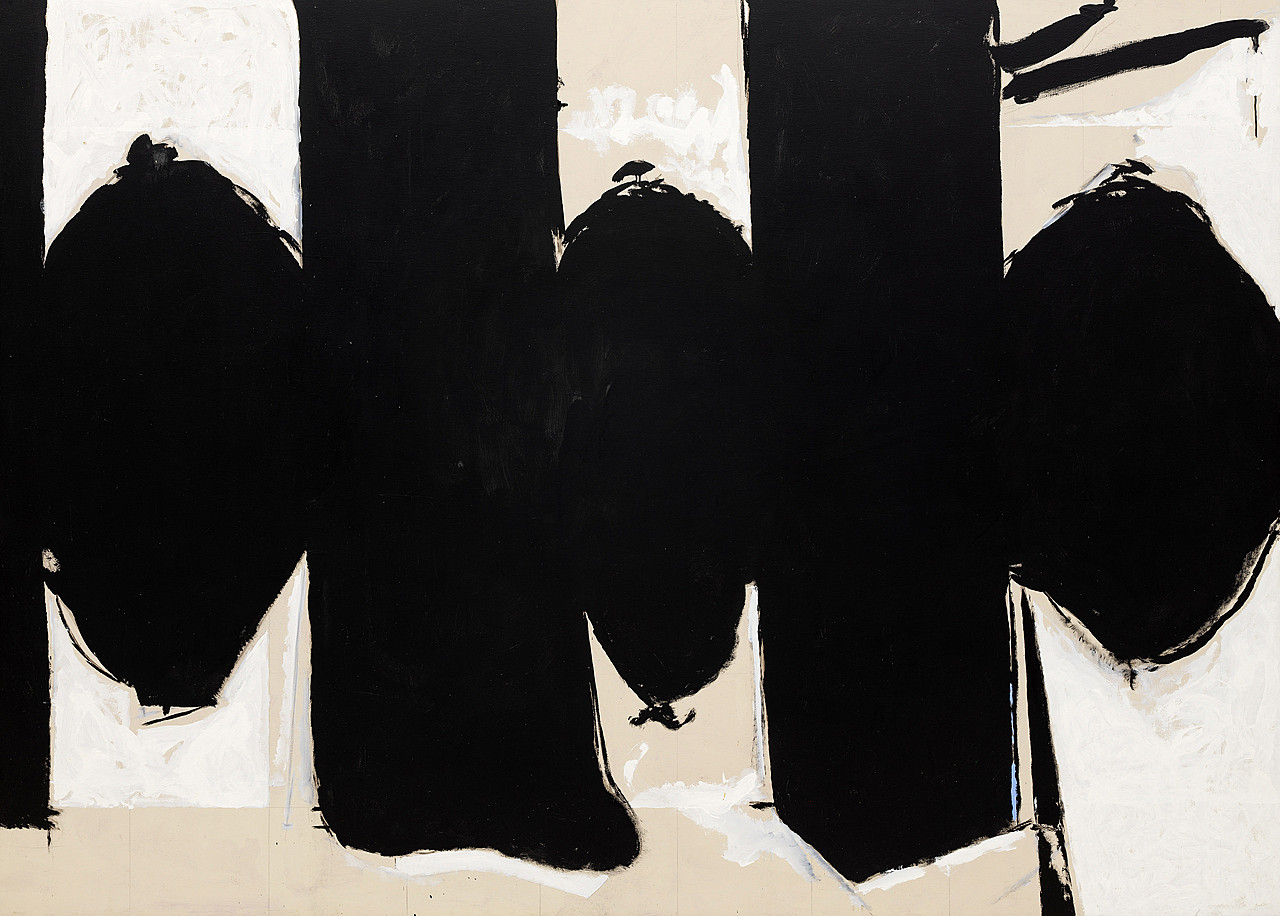
- Cy Twombly - Untitled (1970) Measuring 134 x 158 inches, this house paint and crayon on canvas from Twombly's "Blackboard" series mimics chalk scrawls on a slate, with looping white lines over a gray-black field. Cy Twombly, born in 1928 in Virginia, drew from classical mythology and graffiti, creating works that blur drawing and painting. After studying at Black Mountain College, he moved to Italy, where his style evolved into poetic scribbles evoking chaos and order. Collectors prize this for its childlike yet sophisticated energy, challenging perceptions of art as "finished." Auction records exceed $70 million for similar pieces, making it a savvy investment that infuses spaces with intellectual whimsy.
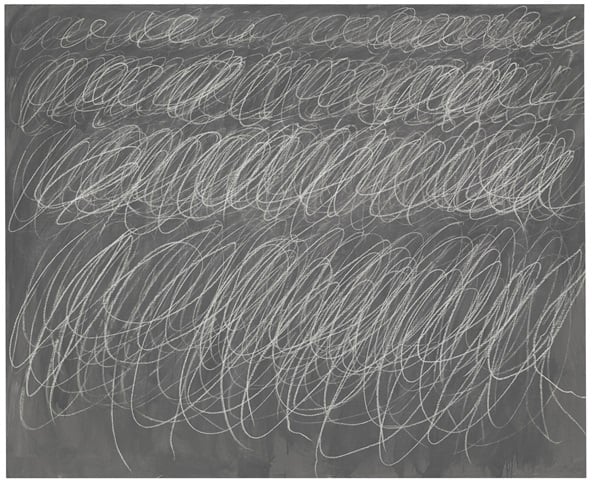
- Helen Frankenthaler - Grey Fireworks (1982) This acrylic on canvas, roughly 72 x 108 inches, features diffused grays exploding in ethereal bursts, reminiscent of fireworks in a stormy sky. Though subtle hues peek through, the dominant monochrome creates a sense of atmospheric depth. Helen Frankenthaler, a second-generation Abstract Expressionist born in 1928 in New York, pioneered soak-stain techniques, influencing Color Field painting. Her work, held at the National Gallery of Art, emphasizes fluidity and emotion. Ideal for collections seeking subtlety, this piece's layered grays evoke transience, adding serene elegance to minimalist decors while appreciating in cultural value.
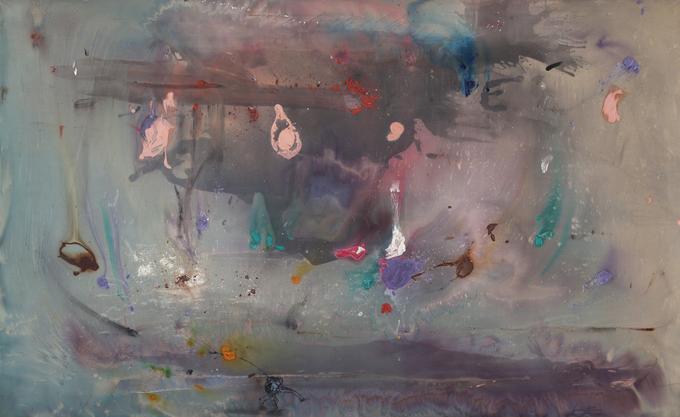
- Brice Marden - The Attended (1996-99) Oil on linen, approximately 82 x 57 inches, with calligraphic lines weaving across a muted field—though often colorful, this series includes monochrome variants emphasizing form. Brice Marden, born in 1938 in New York, evolved from minimalism to gestural abstraction, inspired by Asian calligraphy. Exhibited at Matthew Marks Gallery, his works explore line as language. This masterpiece suits collectors valuing introspection; its flowing lines meditate on presence, offering timeless appeal and strong market performance.

- Kazimir Malevich - Black Square (1915) Oil on linen, 31 x 31 inches, a simple black square on white ground—revolutionary in its minimalism. Malevich, founder of Suprematism, sought "zero degree" of painting. Born in 1879 in Ukraine, his work at the Tretyakov Gallery challenged art's boundaries. Essential for historical collections, it symbolizes pure feeling, with replicas available for modern displays.
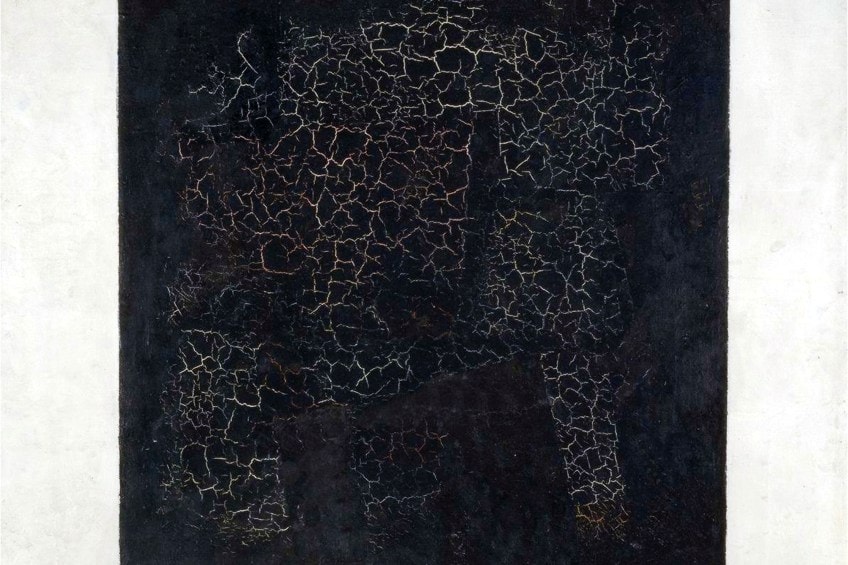
- Pierre Soulages - Peinture (1953) Oil on canvas, about 51 x 38 inches, with thick black strokes over subtle grounds, playing with light. Soulages, born in 1919 in France, coined "Outrenoir" for black's reflective qualities. Collectors love its textural depth, enhancing any space with philosophical weight.
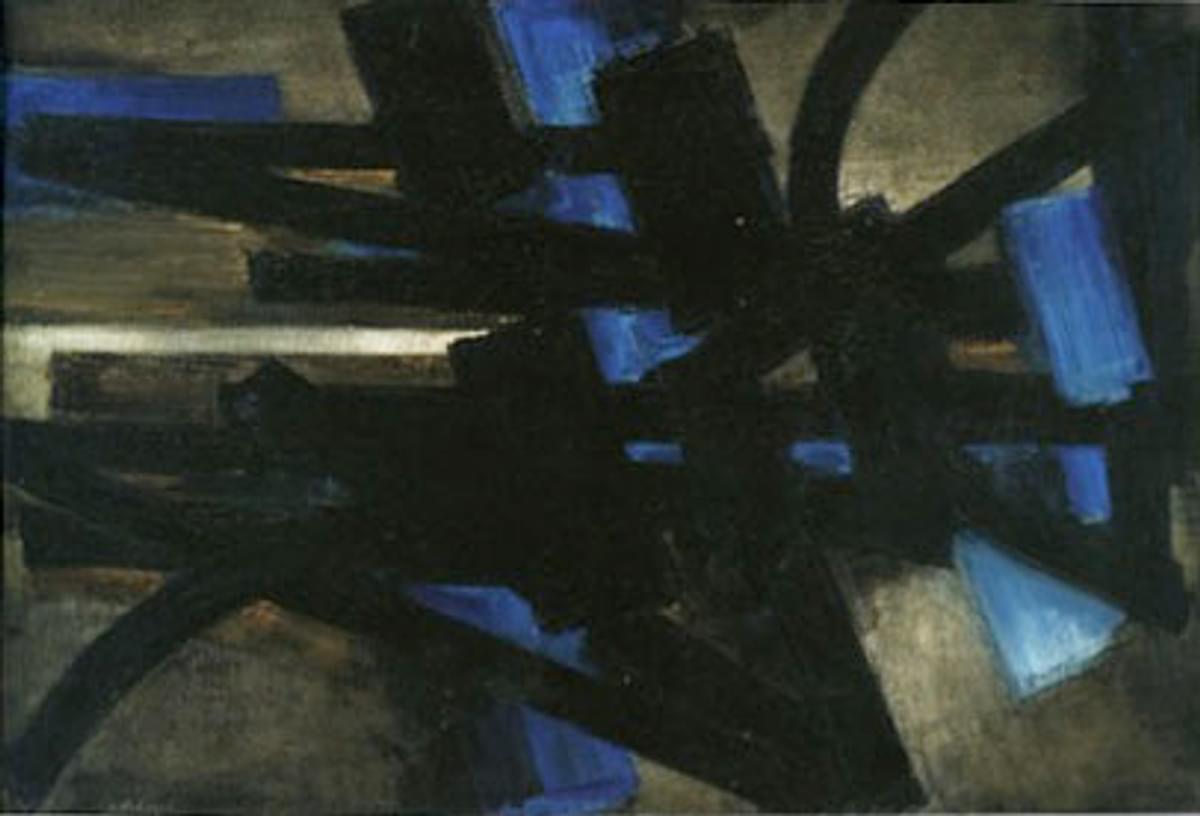
- Jackson Pollock - Number 14 (1951) Oil on canvas, 57 x 106 inches, black drips over tan, embodying action painting. Jackson Pollock, born 1912 in Wyoming, revolutionized art with drip technique. A must for dynamic collections, it captures chaos and control.
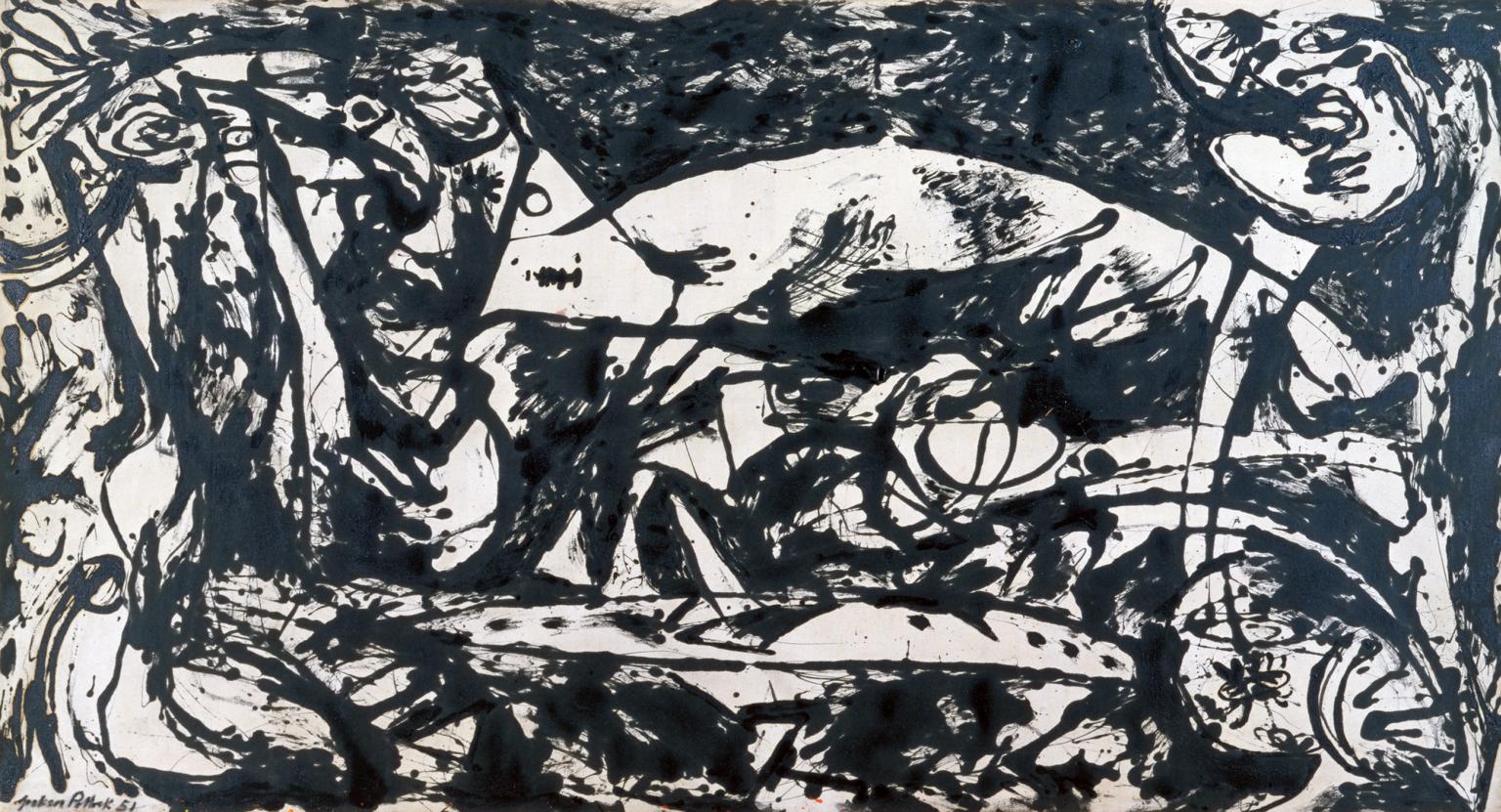
- Willem de Kooning - Black Friday (1948) Enamel and oil on paper, 30 x 40 inches, abstract forms in black and white suggesting figures. De Kooning, born 1904 in Netherlands, was an Abstract Expressionist leader. Adds raw intensity, ideal for expressive collections.
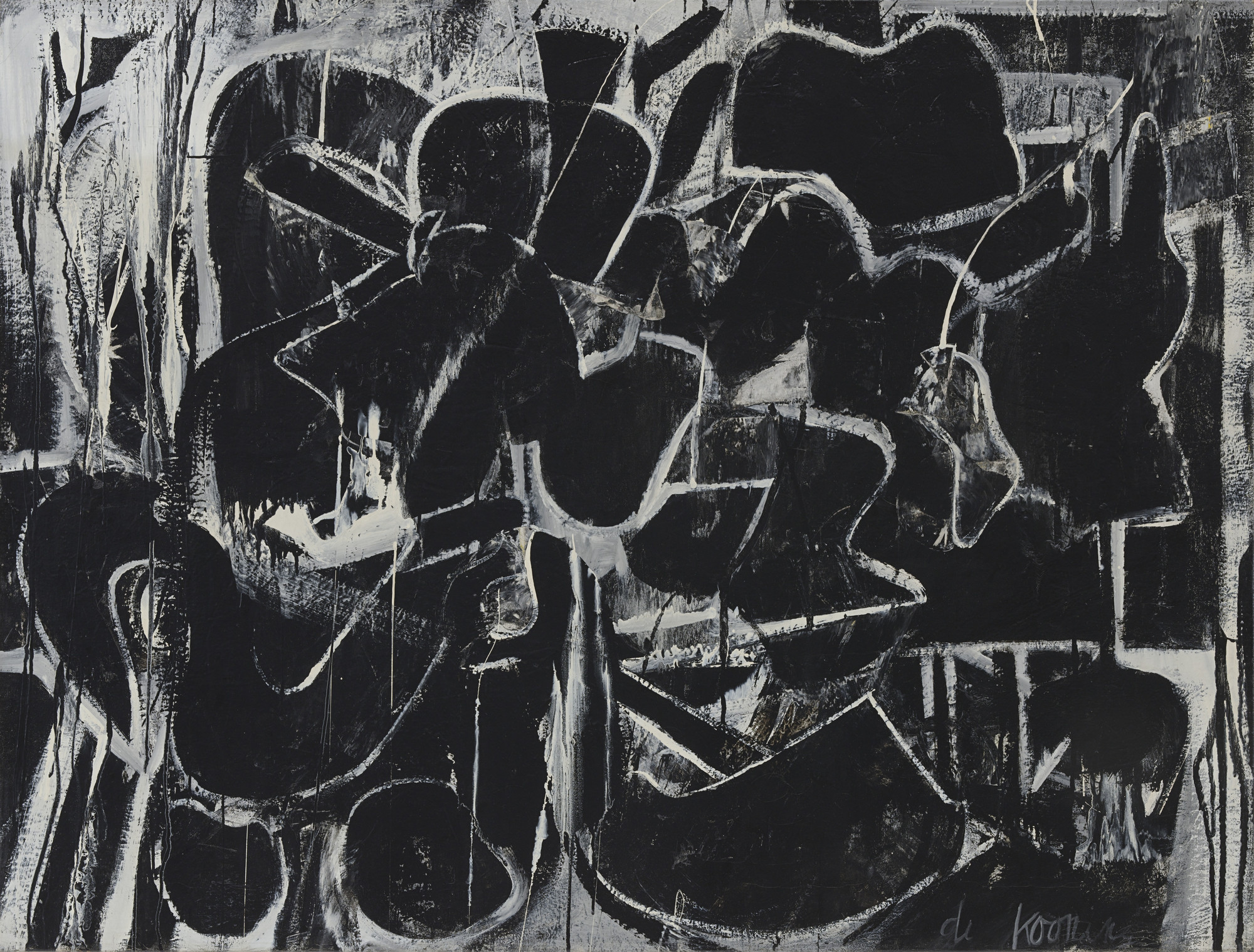
- Agnes Martin - Untitled (1965) Acrylic and graphite on canvas, 72 x 72 inches, subtle grids in black and white. Agnes Martin, born 1912 in Canada, pursued transcendent minimalism. Perfect for serene spaces, evoking calm and infinity.
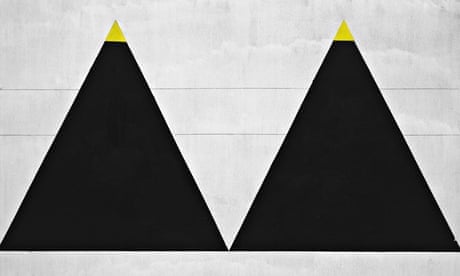
Collecting Black And White Abstract Art not only enriches your environment but also connects you to art history's profound dialogues. Start small, research via Artnet, and consult experts for authenticity.
FAQ
What defines black and white abstract art? It focuses on form, line, and contrast without color, emphasizing emotional and philosophical depth through minimalism.
Why collect these pieces? They offer timeless versatility, potential value appreciation, and personal reflection, suiting various interiors.
Who are foundational artists in this genre? Key figures include Kazimir Malevich, Pierre Soulages, Franz Kline, and Agnes Martin.
Where to acquire such art? Explore galleries like MoMA, auction houses like Christie's, or online at extralargewallart.com.
How does it fit modern decor? Its neutral palette complements minimalist, industrial, or eclectic styles, adding sophistication without overwhelming.
